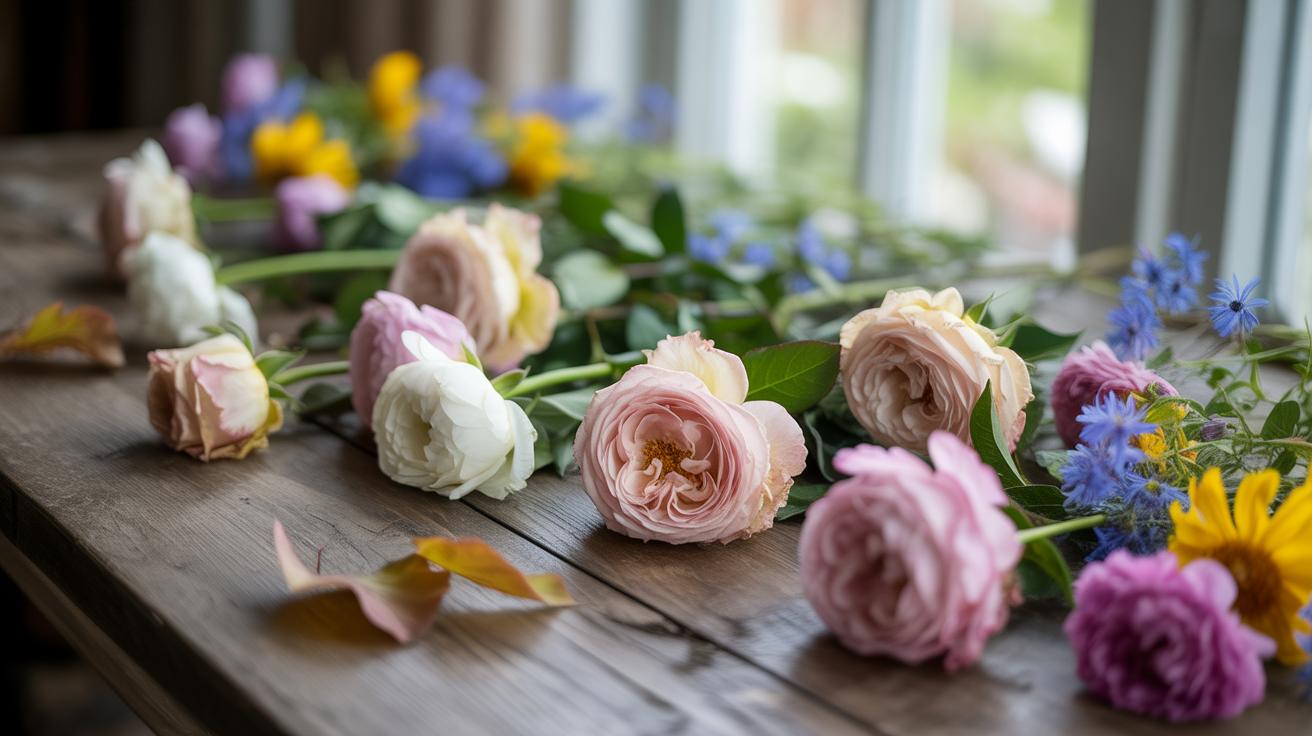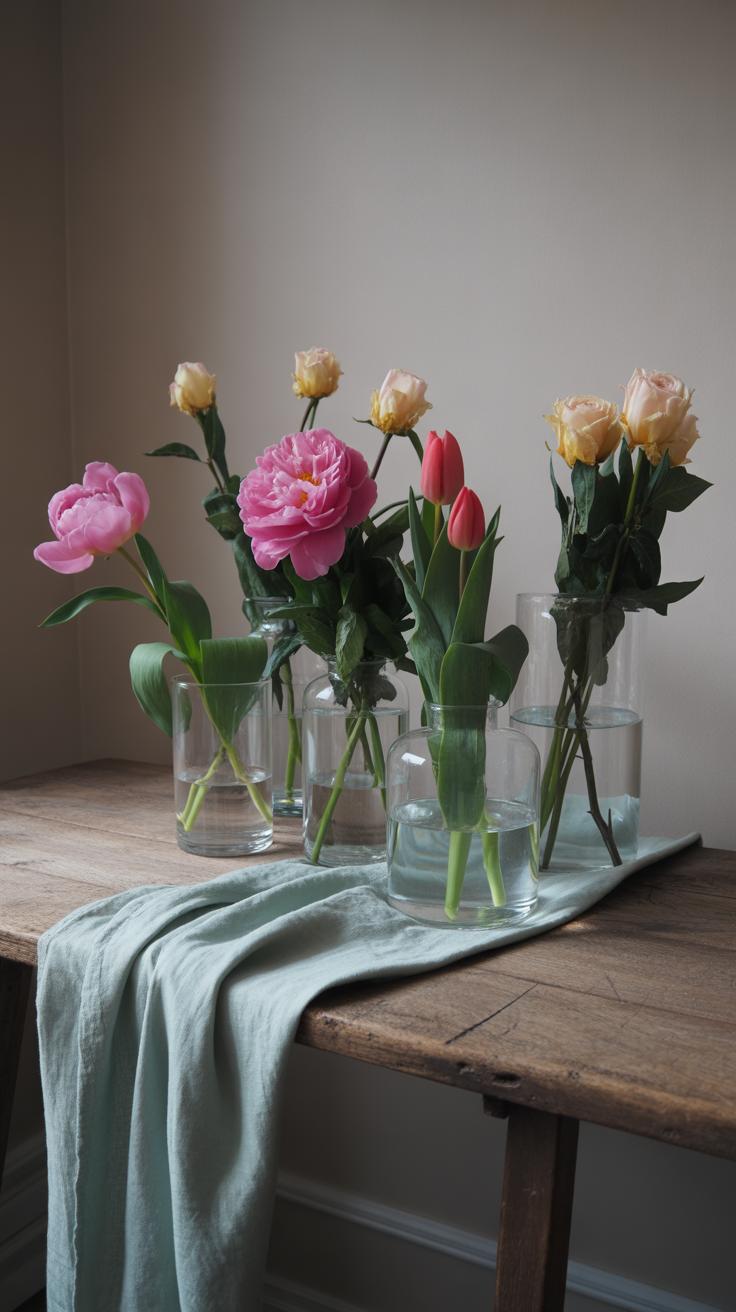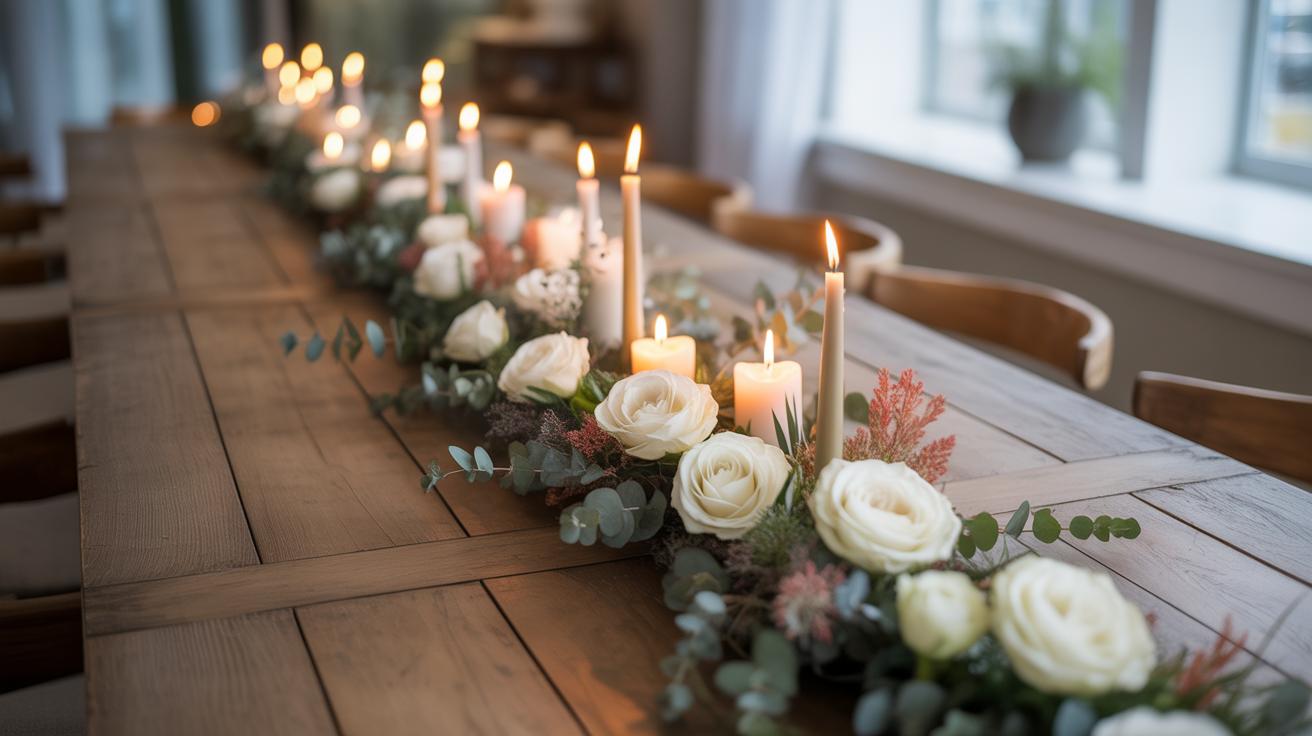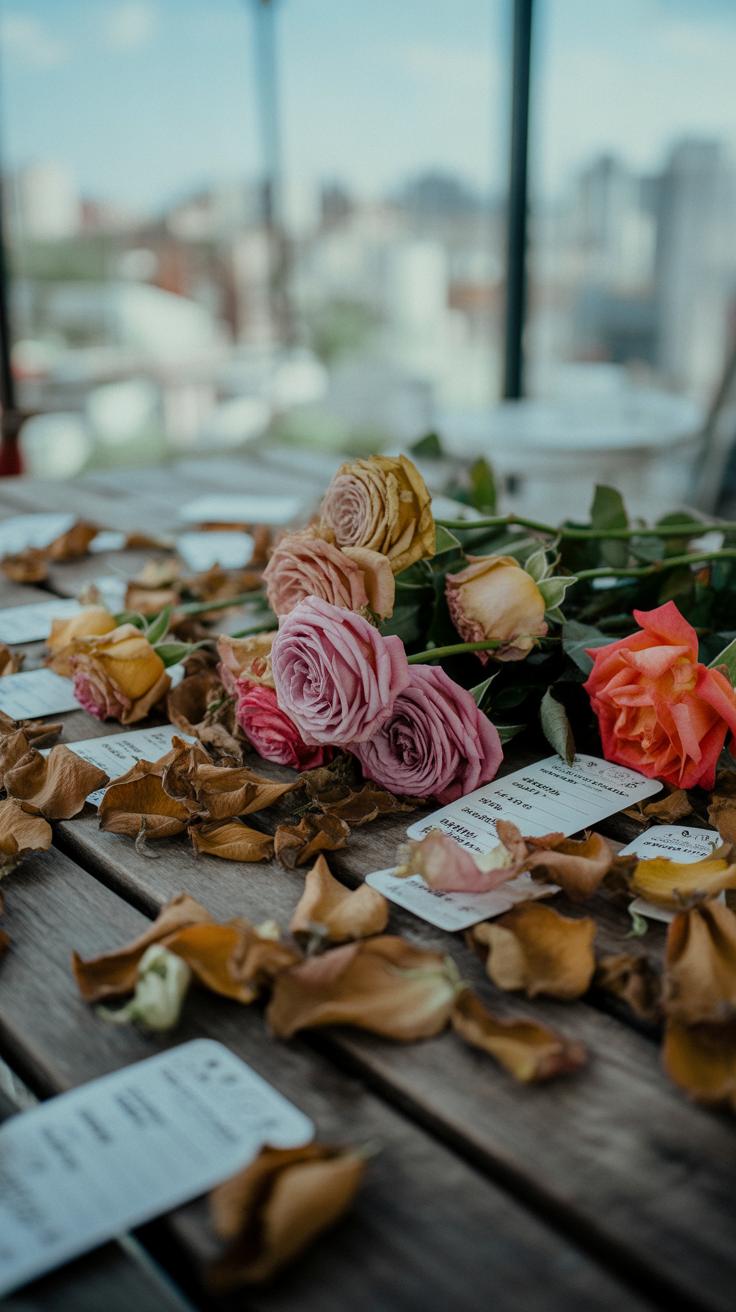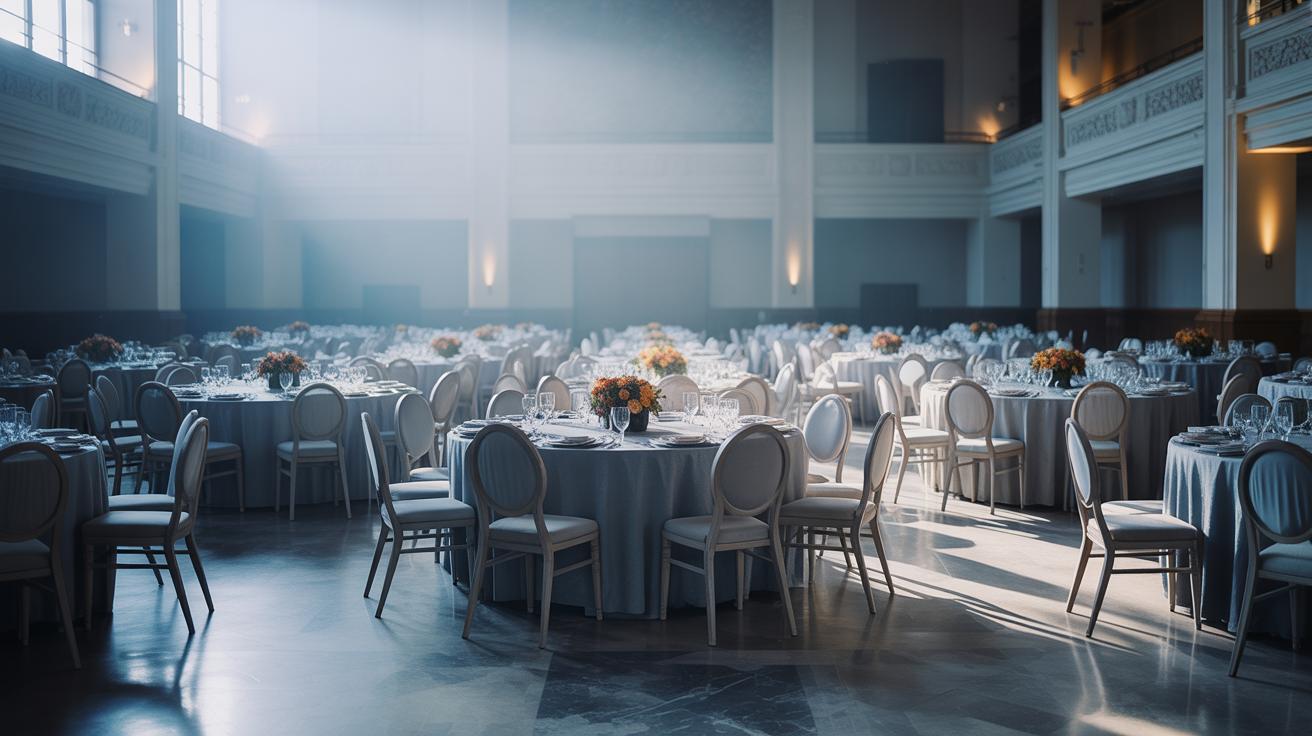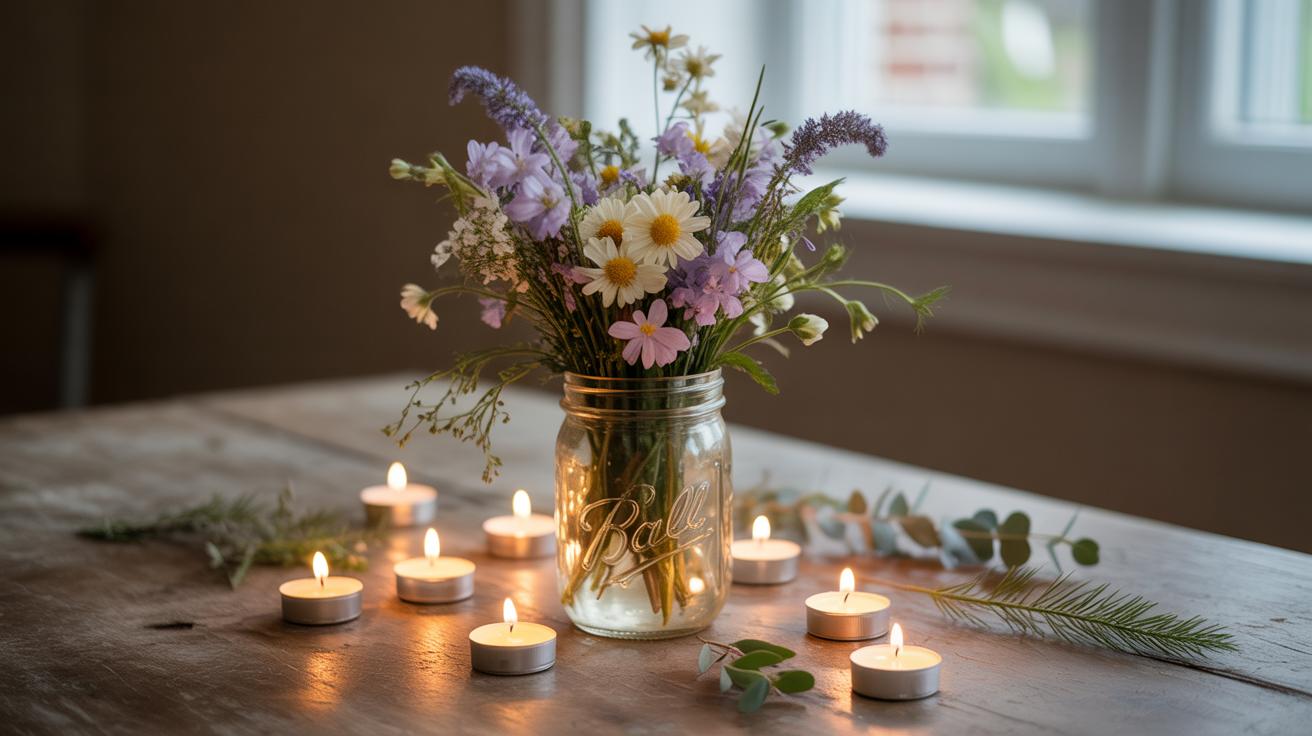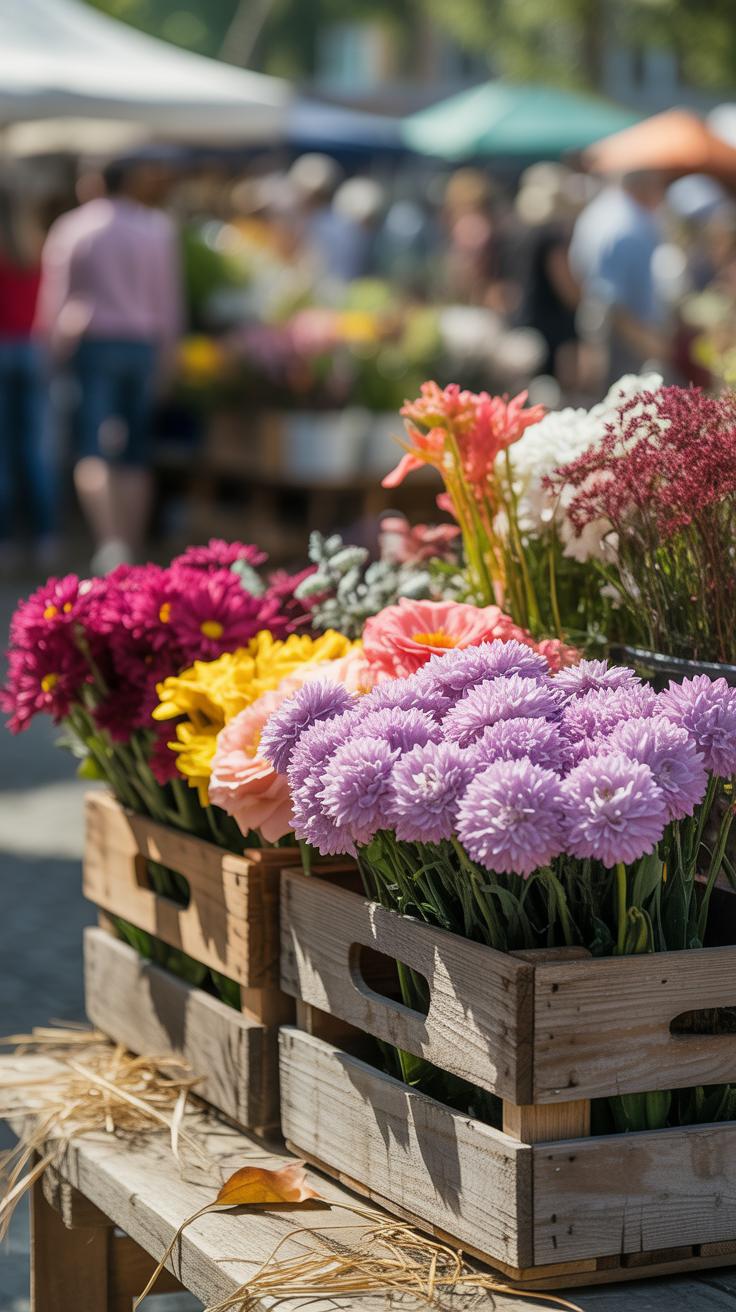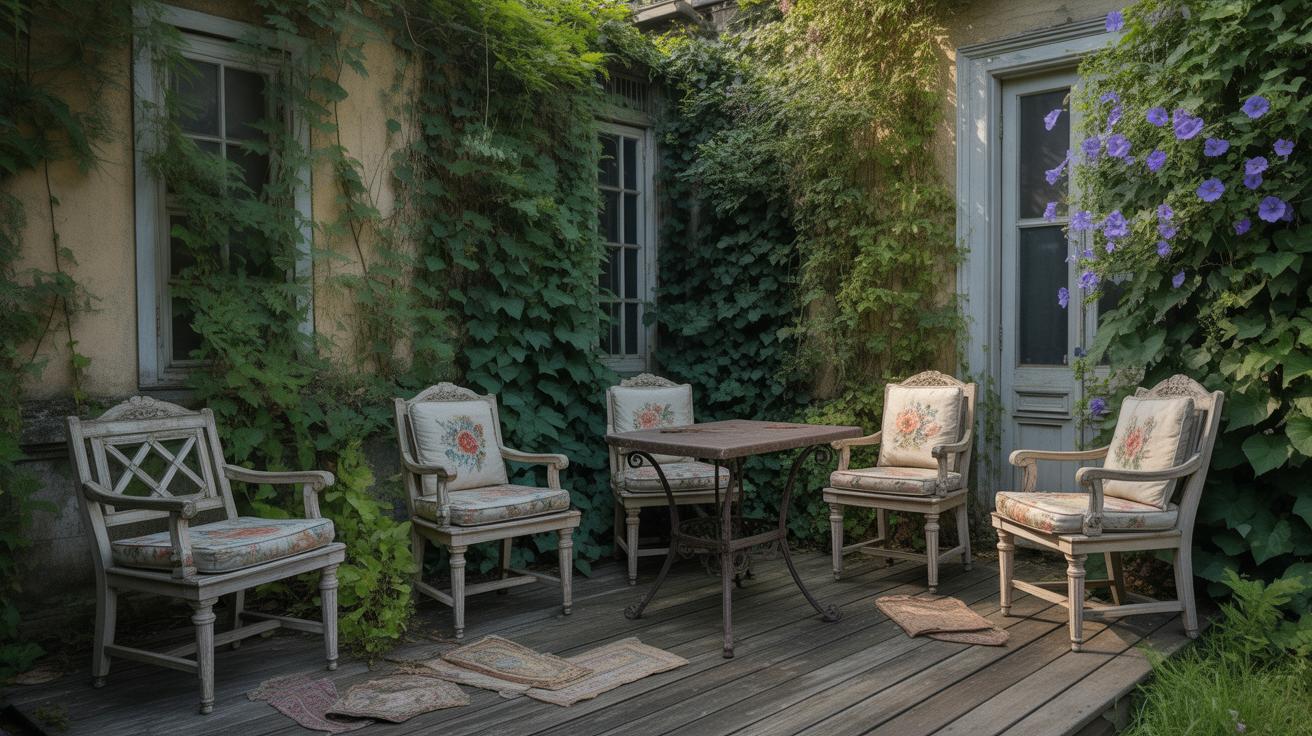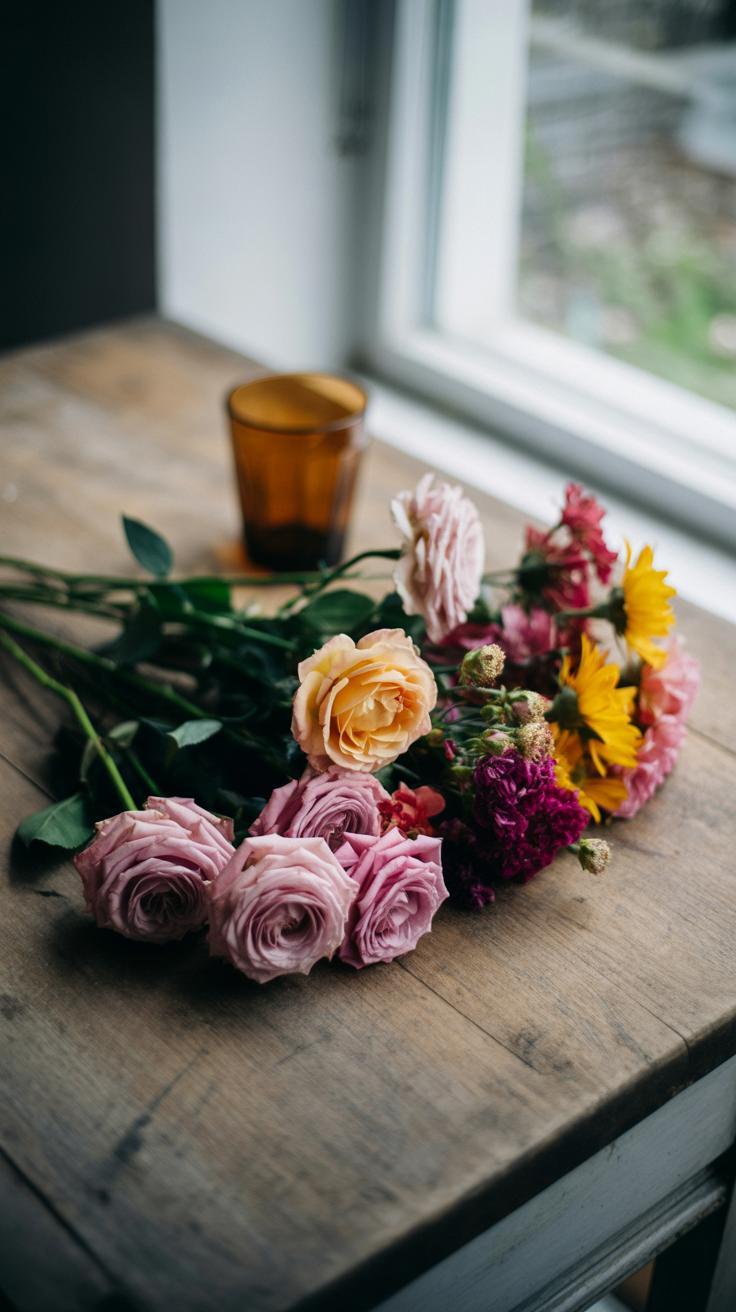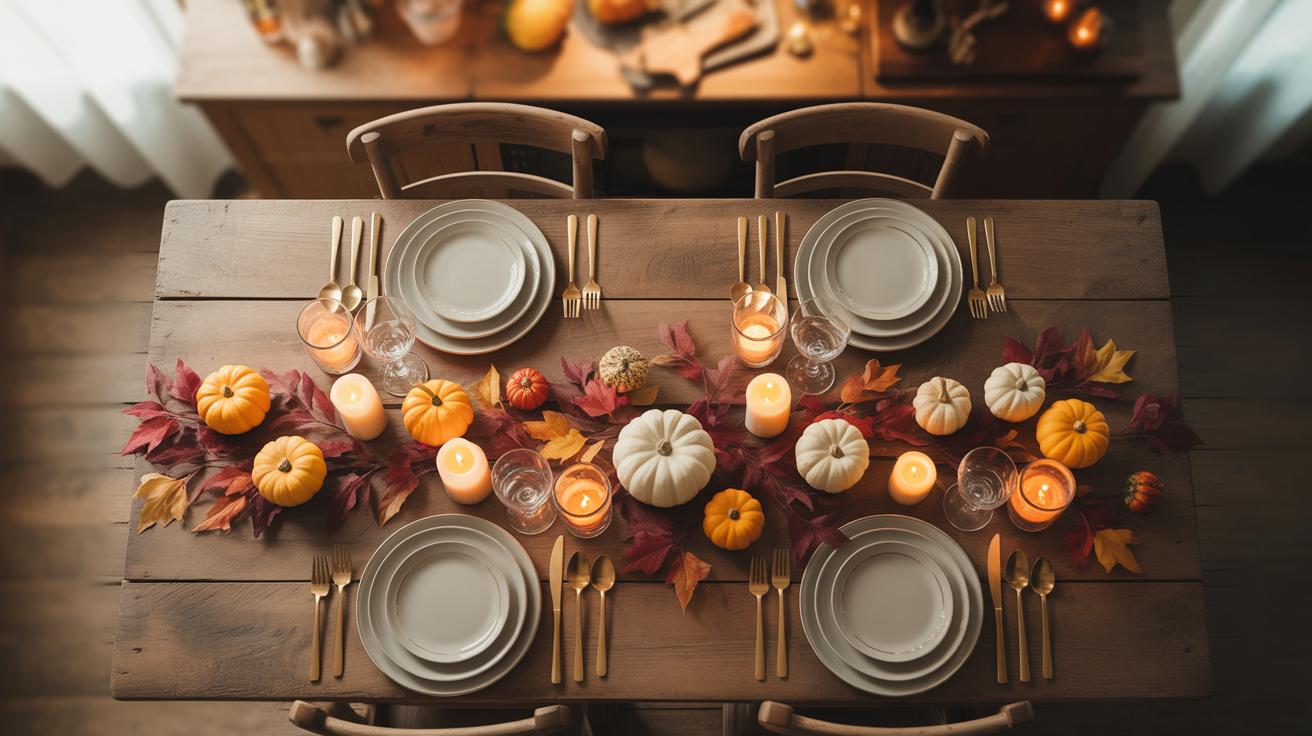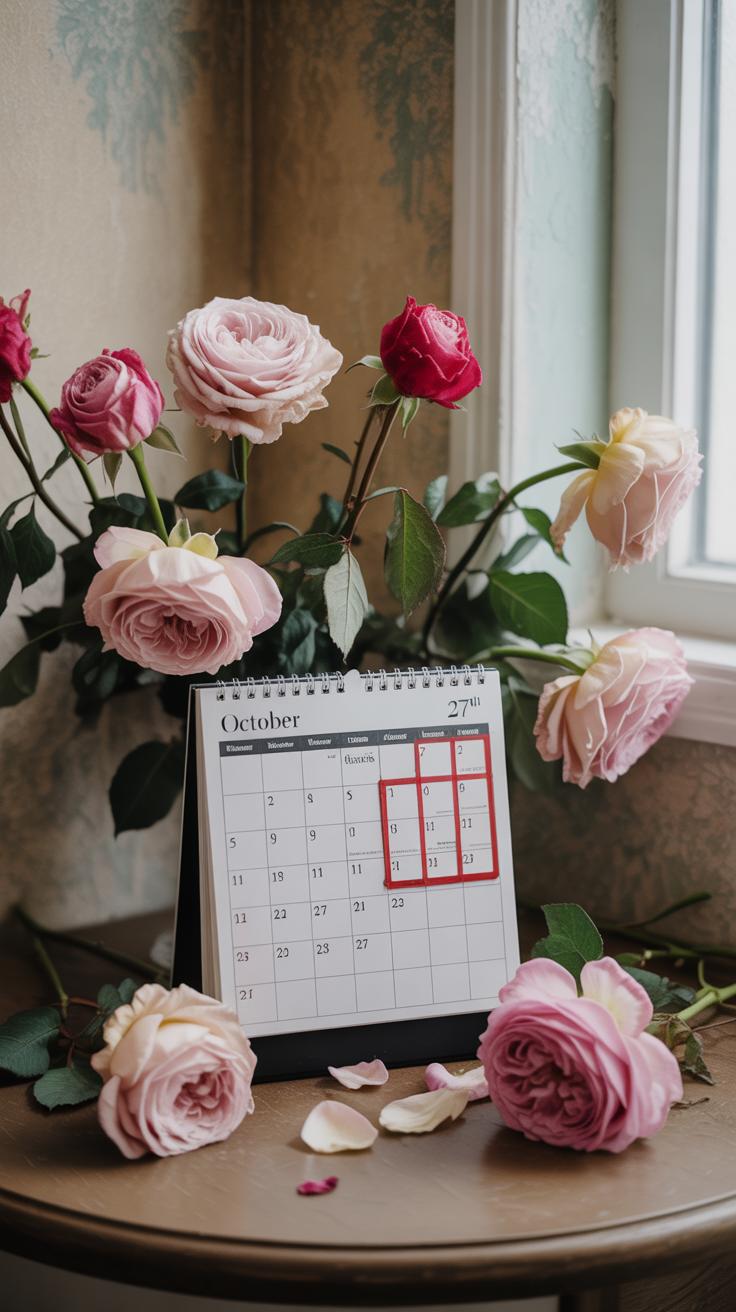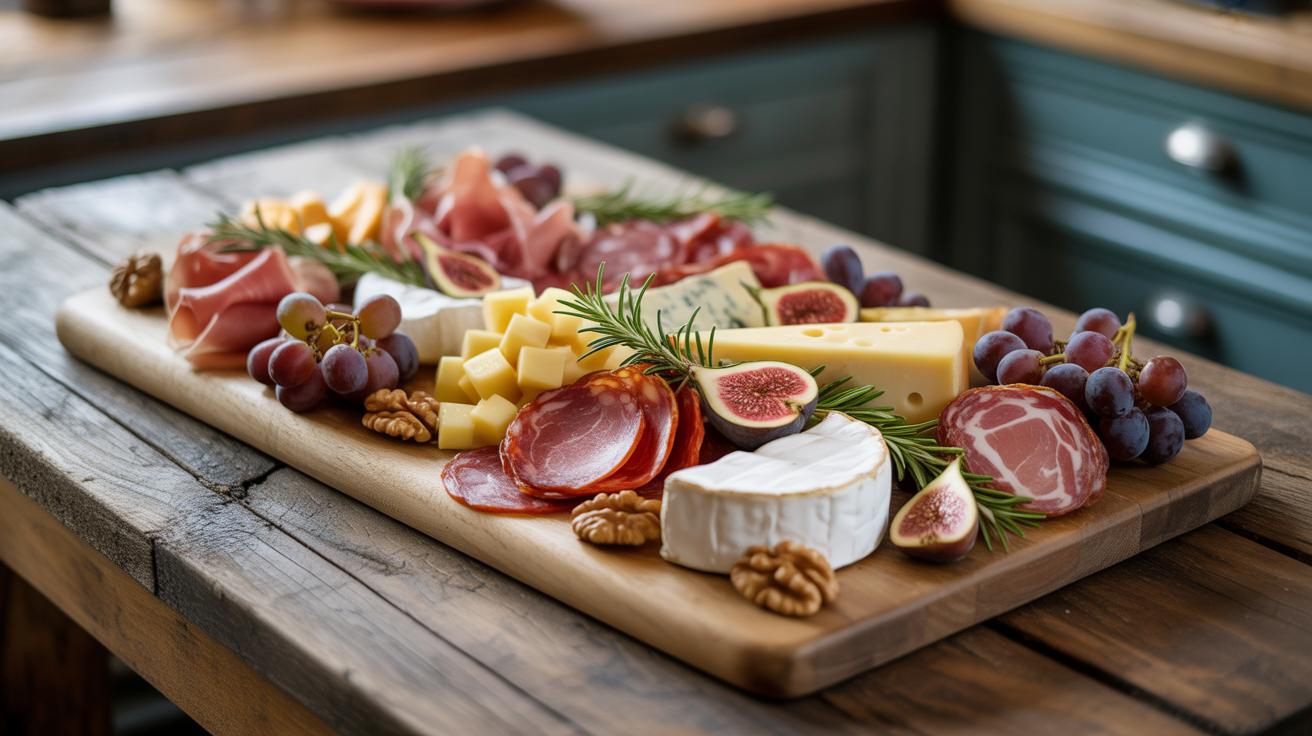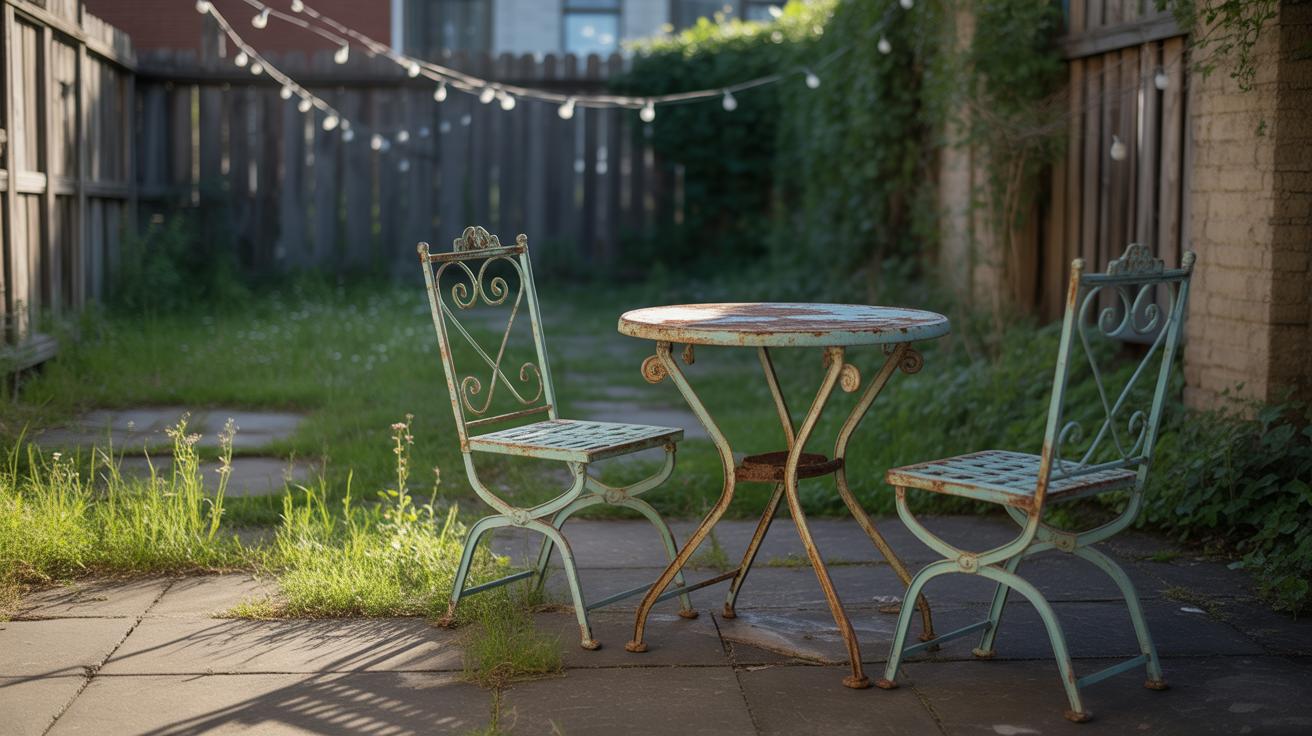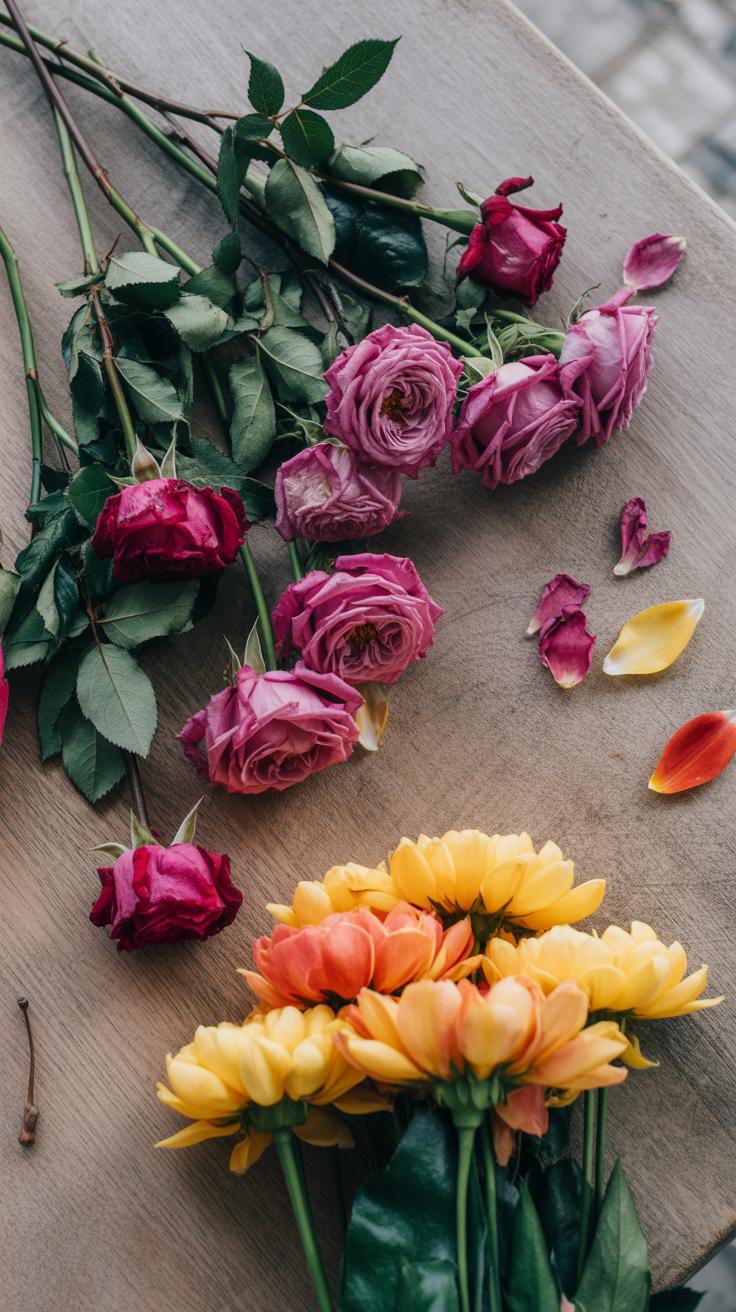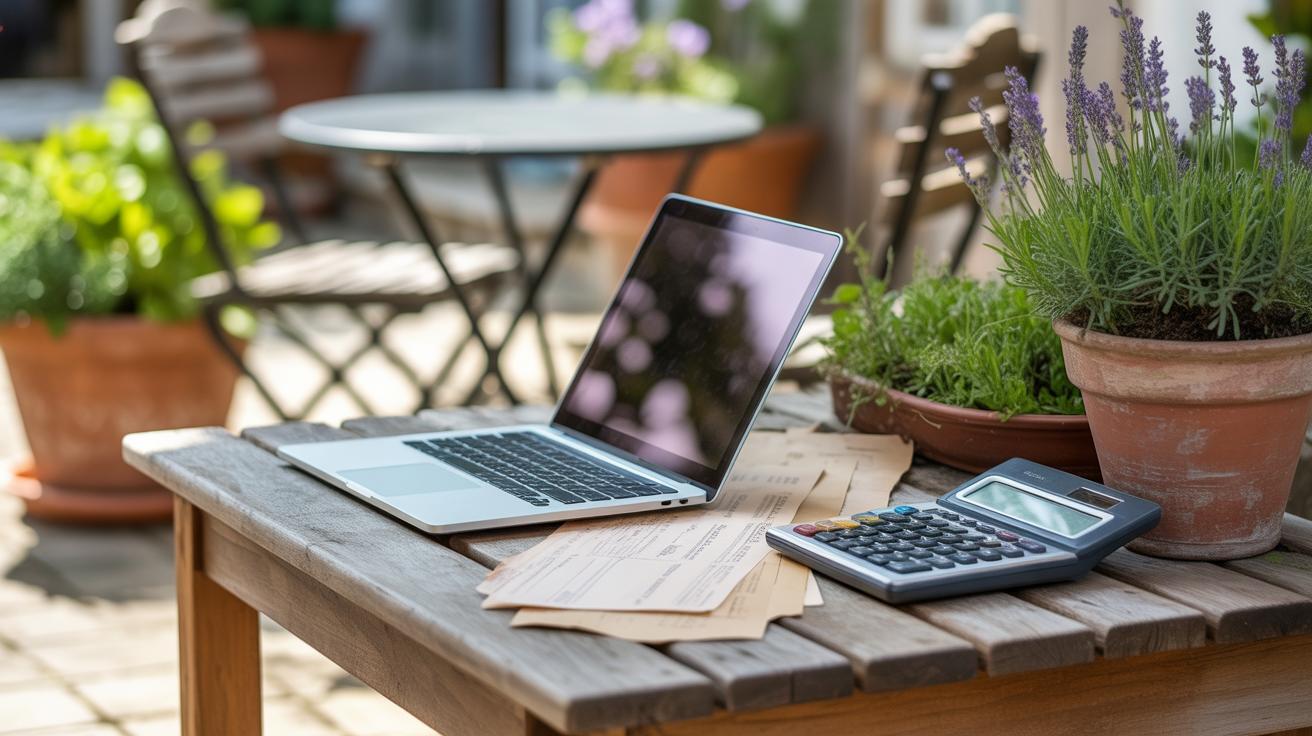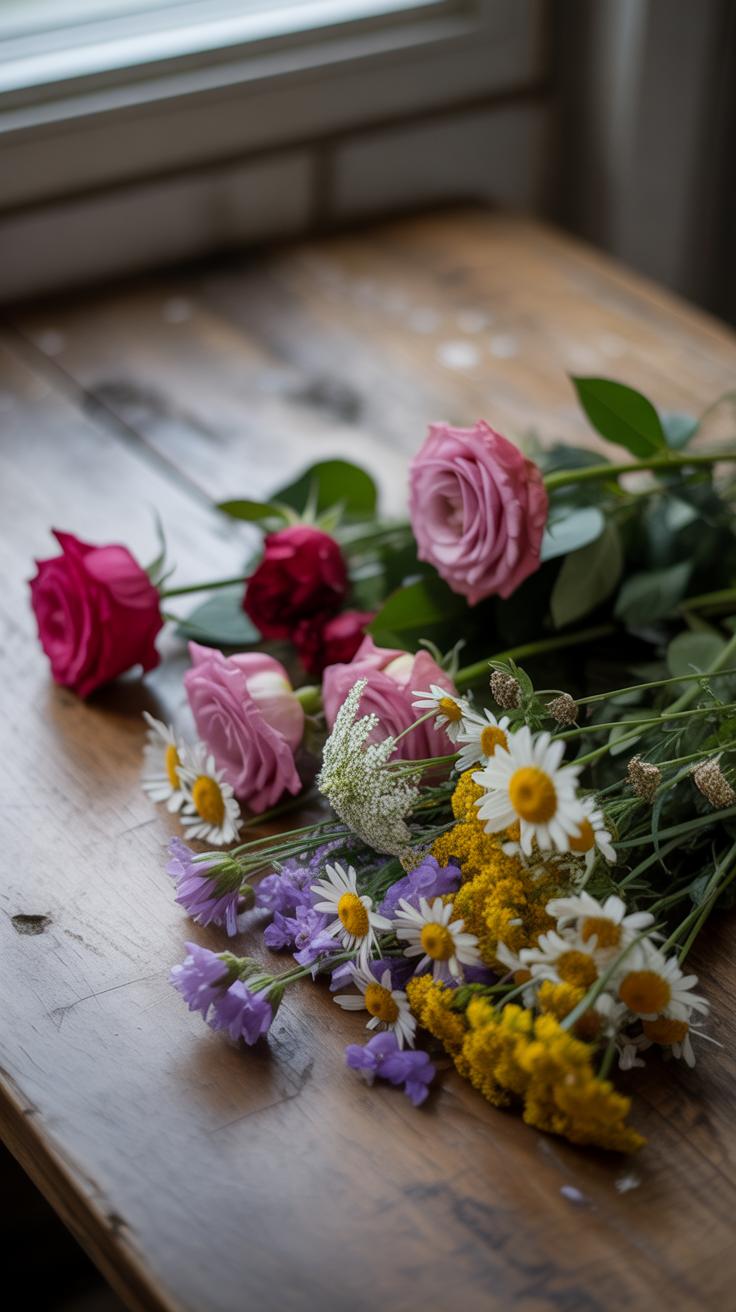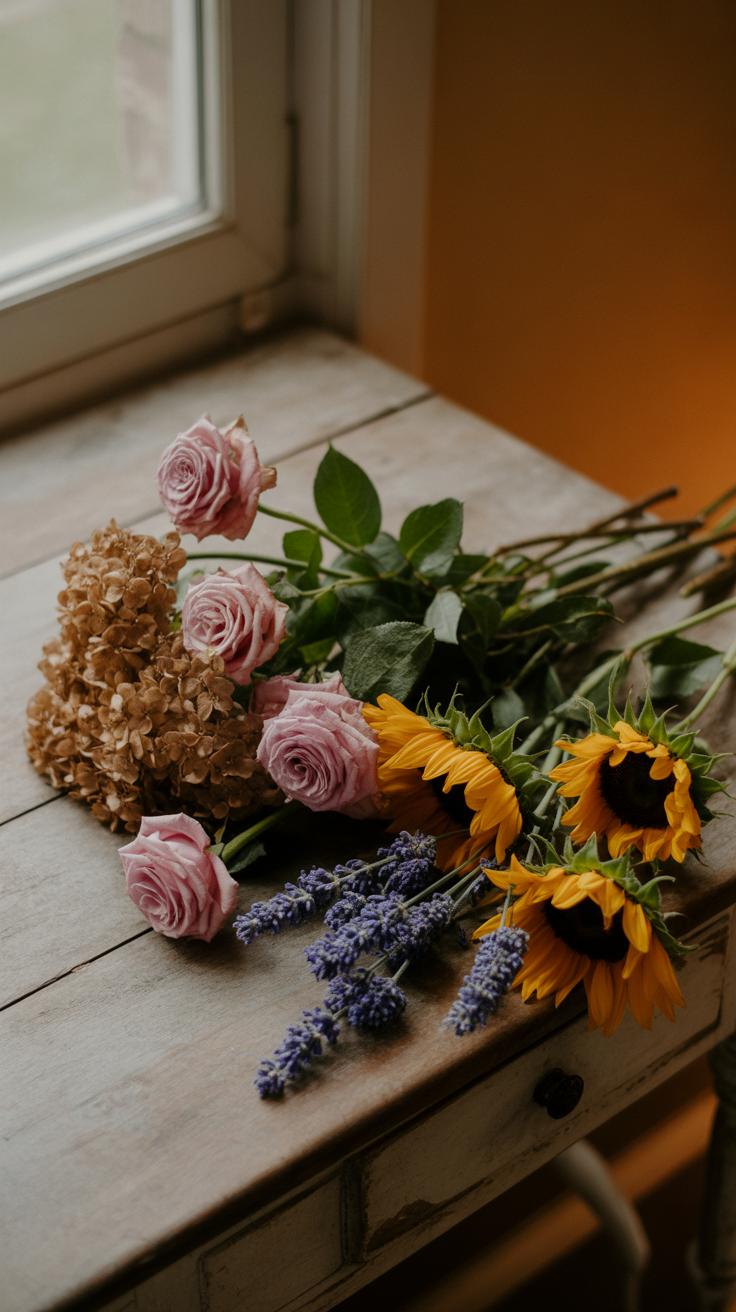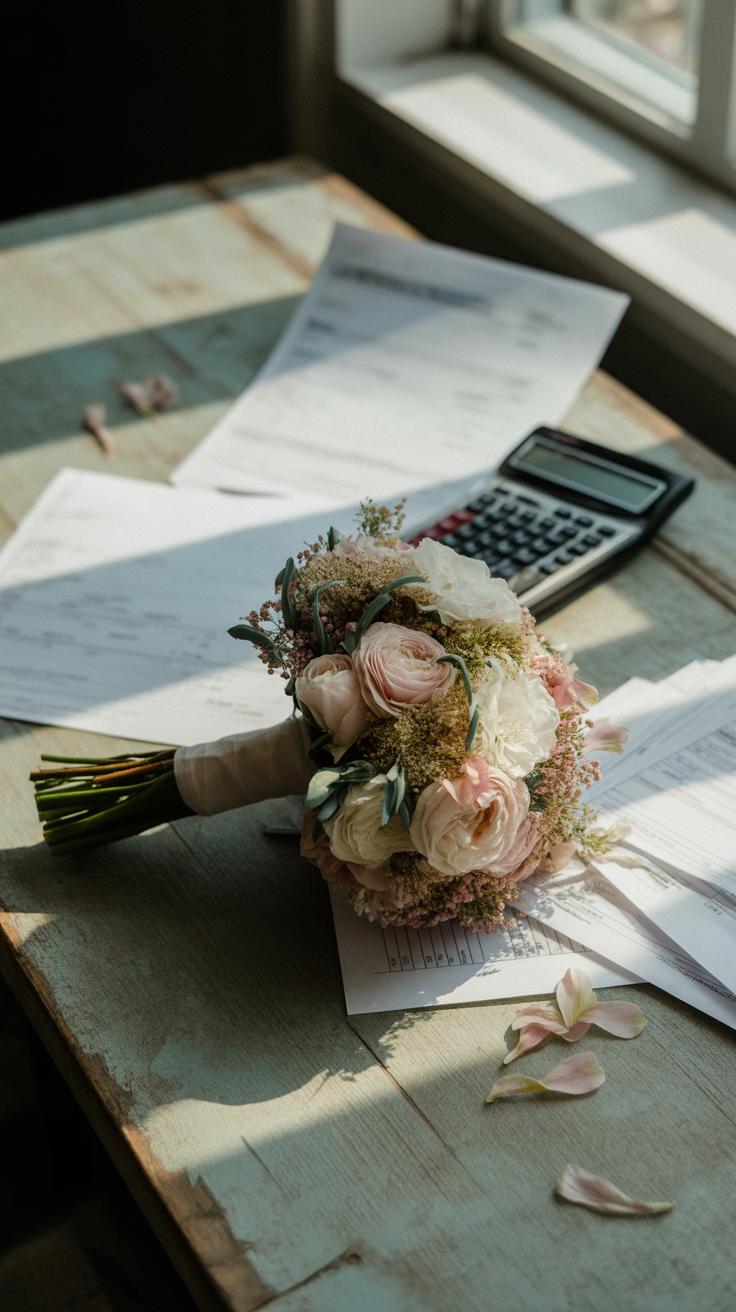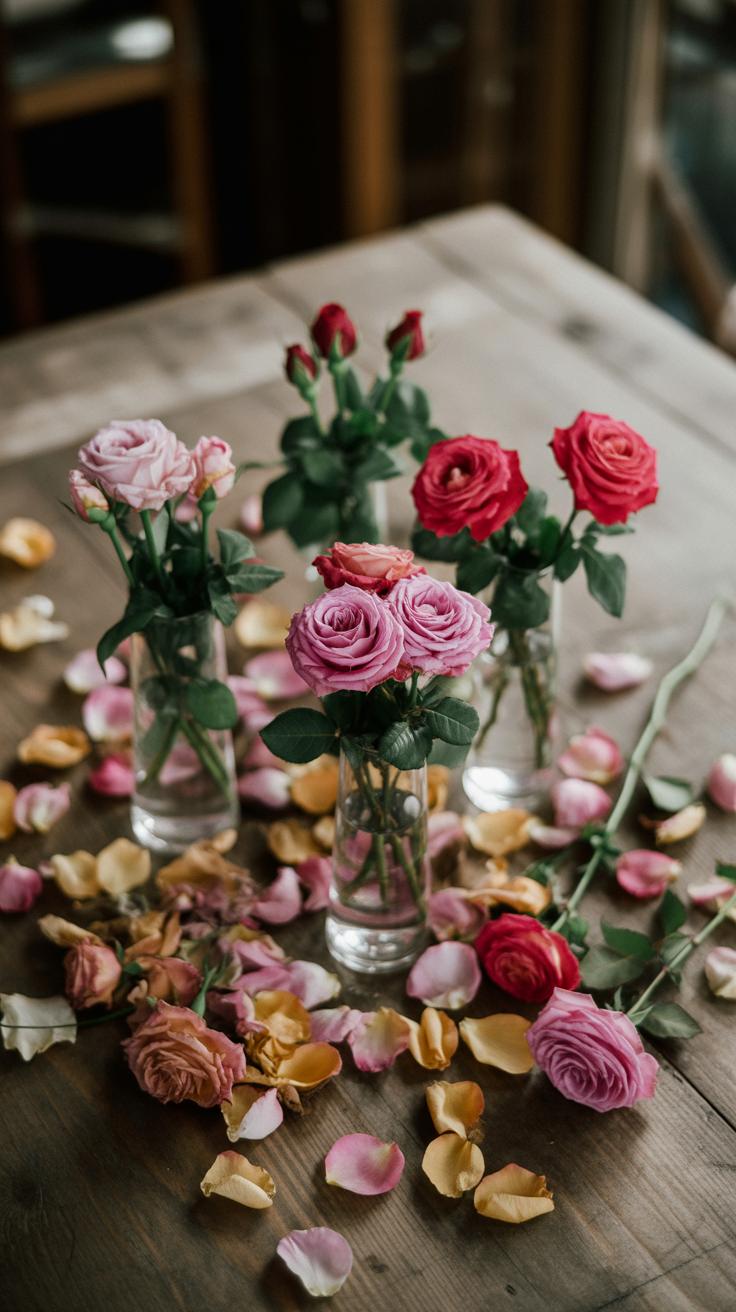Introduction
Seasonal deco floral choices can make or break your wedding budget. Many couples underestimate how costly floral decorations can become when the wrong flowers or timing are selected. While flowers add beauty and charm to your wedding, a few simple mistakes with seasonal flowers can lead to unexpected expenses.
This article highlights common flaws in planning seasonal floral decor. It offers practical advice on how to avoid these pitfalls. By reading on, you will learn how to manage your floral budget, select appropriate seasonal blooms, and create stunning wedding decorations without overspending.
Identify Seasonal Flowers For Weddings
Choosing flowers that naturally bloom during your wedding month often makes a big difference—not just for your budget, but for how your decor looks and feels. When flowers are truly in season, they’re easier to source locally, fresher, and more likely to last through the day. I’ve seen weddings where off-season blooms felt tired and cost way more, even when the overall floral budget was tight.
What Flowers Are In Season When
Different months bring different options. Spring, for example, offers peonies and lilacs, both lush and fragrant, but peonies can get pricey if you’re late in the season. Summer opens up varieties like sunflowers and dahlias—less expensive and quite cheerful. Autumn favors chrysanthemums and marigolds, which hold up well and don’t break the bank. Winter can feel limited, but you still find amaryllis or camellias that give a festive touch without the typical holiday surcharge.
- Spring: Peonies, lilacs, ranunculus—soft colors, often delicate but pricey late in season.
- Summer: Sunflowers, dahlias, zinnias—bold, affordable, thrive in heat.
- Autumn: Chrysanthemums, marigolds, celosia—earthy tones, durable blooms.
- Winter: Amaryllis, camellias, hellebores—seasonal, unique, sometimes rare but worth it.
Why Seasonal Choices Matter
When flowers aren’t in season, growers have to import them or use costly greenhouses, driving prices up. That often means flowers arrive tired or with shorter vase life, which can ruin table centerpieces or bouquets quickly. You probably want to avoid those last-minute flower swaps when the blooms just don’t behave as expected. Sticking with seasonal picks generally means better quality for less—and you might find locally grown blooms that bring more depth to your arrangements, even if they’re less “trendy.”
Estimate Realistic Floral Budgets
Setting a floral budget that feels doable without forcing you to ditch your favorite blooms can be tricky. You might want lavish arrangements everywhere, but your wallet may not agree. So, it helps to be clear about what you value most in your floral vision and where you’re willing to compromise.
Start by figuring out the total amount you’re comfortable spending on flowers — and try to stick to that number. But be realistic. It’s easy to underestimate costs if you don’t account for all floral elements, including labor and delivery fees, which often sneak up on couples.
Think about breaking your budget down into specific pieces. That way, you have a clearer idea of how much each part of your floral décor can cost, without surprises popping up later.
Breakdown Of Floral Costs
Floral arrangements aren’t just about bouquets; they cover a handful of key components that add up quickly. Here’s a rough idea of where your money might go:
- Bouquets: Bridal and bridesmaids’ bouquets often form a sizable chunk of the budget. Don’t forget boutonnieres and corsages.
- Centerpieces: These can vary wildly in price depending on size and complexity—simple greenery is cheap, but elaborate designs cost more.
- Venue Decorations: Floral arches, altar pieces, pew decorations—they can be beautiful but add up fast, especially if spread around a large space.
Once you get a rough estimate for each category, total them up and see if it fits your budget. If not, consider which areas could use trimming without losing your core floral vision.
Budgeting Tips For Cost Control
Negotiating with florists can feel uncomfortable—I get that. But asking for itemized estimates or seeking seasonal flowers often lowers costs. Sometimes florists can swap expensive blooms for similar but more affordable options. You might be surprised at how much difference a single flower choice makes.
Prioritize the floral pieces that guests will notice most—your bouquet and ceremony décor, for instance. Less visible areas, like bathrooms or lesser-used corners, might need fewer or no flowers.
Also, be willing to trim extras. Maybe skip elaborate boutonniere designs or limit floral accents on favors. Those small cuts can free up funds for bigger, more impactful arrangements. It’s a balancing act, and it’s okay if you can’t have everything.
Compare Bulk Flower Orders Versus Local Sourcing
Benefits And Drawbacks Of Bulk Buying
Ordering bulk flowers can save you money upfront. When you purchase large quantities, prices tend to drop, which can be tempting when trying to stick to a tight wedding budget. But there’s a catch. Bulk flowers often come from overseas or distant farms, meaning they spend time in transit and storage. This can affect freshness—sometimes drastically. You might end up with blooms that look fine upon arrival but lose their vibrancy quickly. I’ve seen couples get stuck with wilted flowers just days before the event, which you don’t want. Also, handling bulk shipments requires storage space and know-how. If you or your florist can’t prepare flowers quickly, spoilage becomes a real risk.
So, bulk buying? It’s a bit of a gamble. You get savings, yes, but at what cost to quality and timing? It really depends on your comfort with managing those logistics.
Advantages Of Local Flower Sourcing
Local sourcing often means fresher flowers with less travel time, which usually translates to blooms that last longer. Plus, local growers might allow you to select flowers closer to your wedding date, which cuts down on the chance something will look tired by the day of. This can be huge when working with seasonal or specialty flowers that don’t ship well.
There’s another angle too: local sourcing can sometimes save on delivery costs, especially if your venue is nearby. Those savings might offset what you pay per stem, which may be a bit higher than bulk rates. And honestly, supporting nearby growers can add to your peace of mind. I’ve known couples who preferred this for that reason alone.
But local flowers aren’t always cheaper, and availability may be limited depending on the season. You might have to be flexible with flower types, or order well in advance to get exactly what you want. Still, for many, the freshness and reduced transport wear is worth adjusting plans a bit.
Create A Floral Setup Checklist
When working with deco floral for weddings, having a clear checklist can save you from scrambling at the last minute. It’s not just about picking pretty blooms; it’s about managing each step carefully. Start by narrowing down your flower choices based on the season and theme. Then, set a realistic ordering timeline — ordering too early might cause wilting, but too late and you risk no availability.
Next, consider the storage conditions. Deco floral often requires cooler, shaded spaces — a spot that’s not too damp or dry is best. Remember, flowers like hydrangeas need extra hydration, while orchids can tolerate less.
For the actual setup, break it down into stages: unpacking, prepping stems, and assembling arrangements. Create a space that’s organized, with tools like floral foam, wires, and scissors within arm’s reach. Don’t rush the final placement. Sometimes, an arrangement might look great on the table but not in photos, which can lead to last-minute fixes.
Common pitfalls? Forgetting to double-check supplies, mixing incompatible flower types, or misjudging amounts can be costly. A quick tip: have a backup plan for replacements and extras on hand. Are you sure you’ve allotted enough time for this? Many aren’t, and floral setups become stressful fast.
Understand Floral Delivery Timelines
Timing your floral delivery can make or break both the look and the cost of your wedding flowers. Think about it: flowers are living things, sensitive to temperature, handling, and time out of water. If they arrive too early, they might wilt or lose their luster by the event. Too late, and you risk missing setup or scrambling for replacements.
Working closely with your florist is key. Discuss their delivery schedule and confirm when they recommend sending flowers for your specific blooms. Some flowers hold up well for days; others demand same-day delivery. You might want roses an hour before the ceremony, but hydrangeas may need a different approach.
Consider the venue and setup crew too. If the location is far or has limited refrigeration, earlier delivery with proper storage becomes necessary. Sometimes, you’ll have to welcome flowers earlier than imagined, balancing freshness with practical constraints.
When To Schedule Flower Delivery
Most florists suggest arranging delivery on the day of the event, ideally a few hours before guests arrive. This ensures maximum freshness and reduces the chance of wilting. But, I’ve noticed that for larger or more complex arrangements, a day prior delivery allows makers and planners to handle unforeseen issues without last-minute panic.
So, the window depends on the flowers, weather, and the event’s demands. If it’s hot outside, err on earlier delivery but with proper refrigeration. Cooler months might allow a bit more flexibility.
- Schedule delivery 2-4 hours before the event for delicate blooms.
- For elaborate décor, consider day-before arrival to allow assembly.
- Confirm with your venue if early deliveries are accepted to avoid rejected shipments.
Handling Delivery Issues
Delays or wrong flower deliveries can be disastrous, but being prepared helps. Always have your florist’s direct contact ready and ask for immediate updates if something’s off. A backup plan is not a bad idea either—perhaps a local florist on call or a few spare stems tucked away.
Sometimes, I’ve seen a quick substitution work out better than the original plan. Flexibility pays off. When flowers arrive damaged or late, don’t hesitate to communicate firmly with vendors about solutions or discounts. It’s your budget at stake, after all.
Also, check deliveries right away. Inspect stems, water reservoirs, and blooms. Accepting damaged flowers without addressing the issue means paying twice—once for the flowers, once for fixes or replacements.
Track Seasonal Floral Market Prices
Flower prices don’t stay steady throughout the year. They tend to rise and fall depending on the season, certain holidays, and events. It’s not just about the weather either—holidays like Valentine’s Day or Mother’s Day often cause prices to spike, making popular flowers suddenly less affordable. If you’re planning a wedding during these peak times, your floral budget can quickly balloon without much warning.
Take roses, for example. Their price can almost double around February. On the other hand, peonies, which bloom mainly in late spring and early summer, might cost less then but become extremely pricey or even unavailable off-season. If you don’t track these price variations, you could end up with a similar-looking bouquet that costs twice the amount—or worse, have to settle for flowers that don’t match your vision.
Adjusting your plans when prices go up can save a lot of money. That might mean choosing seasonal flowers that offer a similar look, or tweaking the quantity of blooms. Sometimes, using more greenery or filler flowers can stretch your budget without making arrangements look sparse.
- Check local flower market prices regularly, especially 3-6 months before your wedding date.
- Keep a list of alternative blooms that match your color scheme or style.
- Consider mixing premium flowers with more affordable, seasonal ones to control costs.
- Ask your florist about flexibility—sometimes swapping a few key flowers reduces costs dramatically.
It’s a bit of a balancing act. You want what feels perfect, but floral budgets can be tricky. Have you thought about which flowers you’d be willing to swap out if prices surge? Sometimes an early decision here saves a lot of stress later.
Spot Floral Budget Pitfalls
Hidden Costs To Watch Out For
When planning your wedding flowers, the sticker price rarely tells the whole story. You might see a beautiful centerpiece quoted at a certain rate, but wait—there’s often more lurking beneath the surface. Delivery fees, for example, can creep up, especially if your venue is far from the florist’s shop. Sometimes, vendors charge for setup or even breakdown after the event, which can be easy to overlook when you’re just focused on the arrangement itself.
And what about last-minute changes? Those tweaks can get expensive quickly. Imagine deciding a day before that you want extra bouquets—chances are, the florist will pass on rush fees or higher charges due to limited availability. These hidden costs add up surprisingly fast, and if you don’t ask upfront, you might face a budget shock. It’s worth probing every line item on your invoice and double-checking any vague terms that can lead to unexpected charges.
Common Mistakes To Avoid
Couples often rush ordering decor florals too late or ignore what’s in season. It’s tempting to pick a flower just because it fits a color scheme, but if it’s out of season, the cost can spike dramatically. Then there’s the issue of ordering too many different flower types. More variety means more work and usually more money. Could a simpler palette get you a better result, without the extra fuss?
Another frequent error is not communicating clearly with your florist about your budget limits and wedding timeline. Sometimes, you might think your florist understands your exact needs, but miscommunication leads to over-ordering or unnecessary upgrades. Trying to change floral plans days before the event? That’s almost always a costly gamble. So, plan ahead, listen to seasonal advice, and let your florist guide choices rather than insisting on flowers that just don’t fit the timing or budget.
Use Floral Examples To Plan Smarter
Case Study Of Winter Wedding
A couple decided on a December wedding and really focused their floral choices around what was in season. Instead of trying to incorporate traditional spring flowers like peonies, they leaned into winter-friendly options such as amaryllis, hellebores, and pine accents. This choice cut costs dramatically, since these blooms were locally available and required less transport or importing. Their bouquet and table arrangements felt appropriate but didn’t break the bank. The florist suggested mixing in some faux greenery too, which gave volume without adding price. It wasn’t the usual approach but it worked well; the guests even commented on how refreshing and natural the floral design looked for a winter scene.
Choosing seasonal blooms avoided price spikes and minimized waste. Plus, the couple diverted some savings into other décor elements they really wanted, like candles and lighting. You might wonder if the winter palette limited creative options, but the mix of textures and colors they used kept the look interesting, proving you don’t need expensive flowers to achieve elegance when seasons are respected.
Example Of Summer Floral Overspend
Contrast that with a couple planning a July wedding who insisted on classic roses and hydrangeas, despite knowing these weren’t peak-season and usually pricey then. Their florist had to order flowers from far away, increasing costs significantly. What started as a floral budget of $3,000 ballooned to nearly double since so many stems came with premium shipping and handling fees. Sometimes, a few calls or a willingness to adapt could have saved the day, but they were set on a specific look. This led to cutting corners elsewhere, which wasn’t ideal for their total wedding experience.
Ignoring seasonality made the floral arrangement expensive and stressed the team trying to source blooms. It also raised questions about sustainability and freshness. Preserving the flowers in hot weather became a challenge. It’s tricky because couples want what they want, but you might ask if sticking rigidly to certain flowers is worth the financial stress it creates. Planning with seasonal blooms can be a little less predictable but often ends up more rewarding both visually and practically.
Manage Your Florist Relationship
Clear communication with your florist is key to keeping your floral plans on track and your budget intact. When you talk openly about what you want, and don’t want, it limits surprises. If the florist knows exactly which seasonal blooms you prefer or your cost limits, they can work around those details rather than guess.
Don’t hesitate to ask questions that dig deeper than just availability. For instance:
- Which flowers are genuinely in season around my wedding date? (Sometimes suppliers try to squeeze in out-of-season blooms, which means a higher price.)
- Can you provide options that fit within a specific budget? How flexible is this?
- What does delivery include? Are setup and takedown part of your service?
- How do you handle last-minute changes or substitutions if something isn’t available?
Putting all agreements in writing avoids any “we thought differently” moments. Even minor details—like how many centerpieces or bouquet sizes—should be documented. Revisiting budget conversations periodically helps. Maybe something unexpected comes up or the flower market shifts just before the big day.
One time, I saw a couple thrilled about peonies but didn’t clarify the seasonal window. The florist tried to substitute with similar-looking blooms, which actually tossed off the vibe and bumped the cost. This could have been avoided with a quick check-in. Keeping communication steady helps you get what you want without breaking the bank, even if plans have to adjust.
Plan For Floral Backup Options
Planning for backup floral options isn’t just smart—it can save you a lot of headache and cost down the line. Flower shortages or sudden weather changes can disrupt even the most carefully laid plans. If you’ve ever scrambled to replace blooms last minute, you know how stressful and expensive it can get.
Start by discussing possible alternatives with your florist early on. Identify a secondary list of flowers or greenery that fit the mood of your theme. You don’t need to use them for sure, but it feels better knowing they’re ready if something falls through. For example, if peonies aren’t available because it’s late spring, ranunculus or garden roses can fill in without ruining your vibe.
Backup plans also mean thinking in terms beyond flowers. Could garlands of eucalyptus or branches with subtle fairy lights work? Or maybe simple fabric drapes paired with elegant candles? These can cut costs and avoid total reliance on blooms that might be scarce or fragile—especially for outdoor events where the weather is unpredictable.
One year, a friend’s wedding faced an unexpected frost. Their florist switched the original bouquet choices to more hardy greenery and a few blooms left over from other events. It wasn’t perfect, but it worked—and saved a ton. This kind of flexibility matters more than you might guess. It’s about preparing without overplanning and having options that don’t instantly break the bank if plans shift.
Think through these questions: What if your main flowers aren’t available? Or if rain ruins delicate arrangements outside? Having a backup strategy means you don’t have to answer these on the wedding day itself. It’s peace of mind, and that often feels worth the few extra discussions beforehand.
Conclusions
Choosing the right seasonal deco floral for your wedding requires attention and planning. Avoiding mistakes such as picking off-season flowers, ordering too many blooms, or not discussing budget limits with your florist can save you money. Planning ahead and focusing on flowers in season is key.
By understanding these mistakes and following practical budget tips, you can still have beautiful wedding floral decor that fits your budget. Good preparation ensures your special day is memorable without financial stress.

